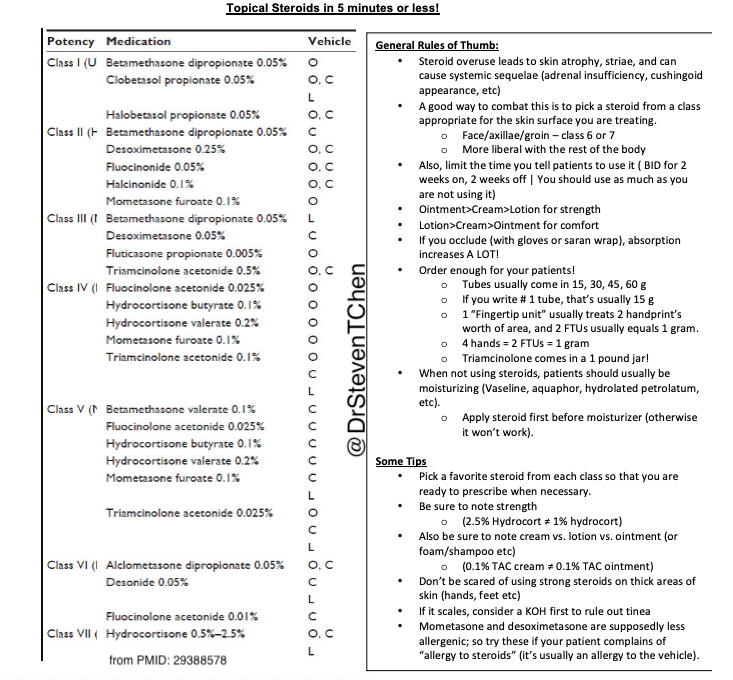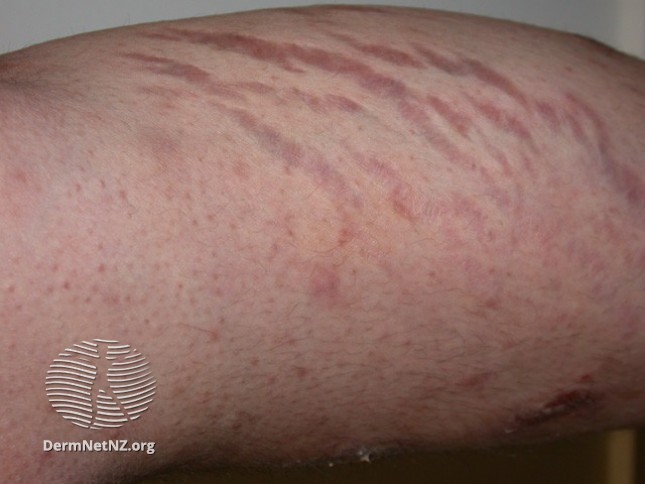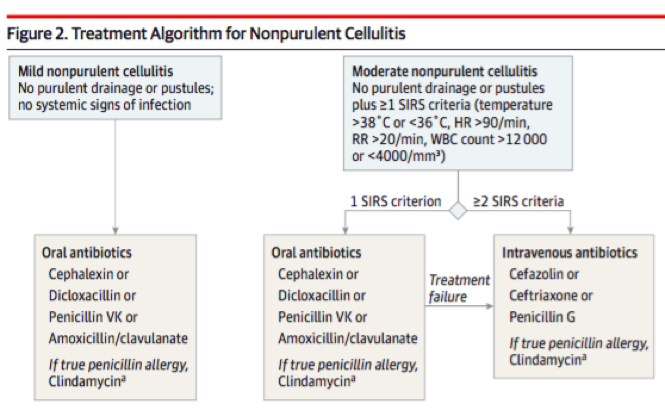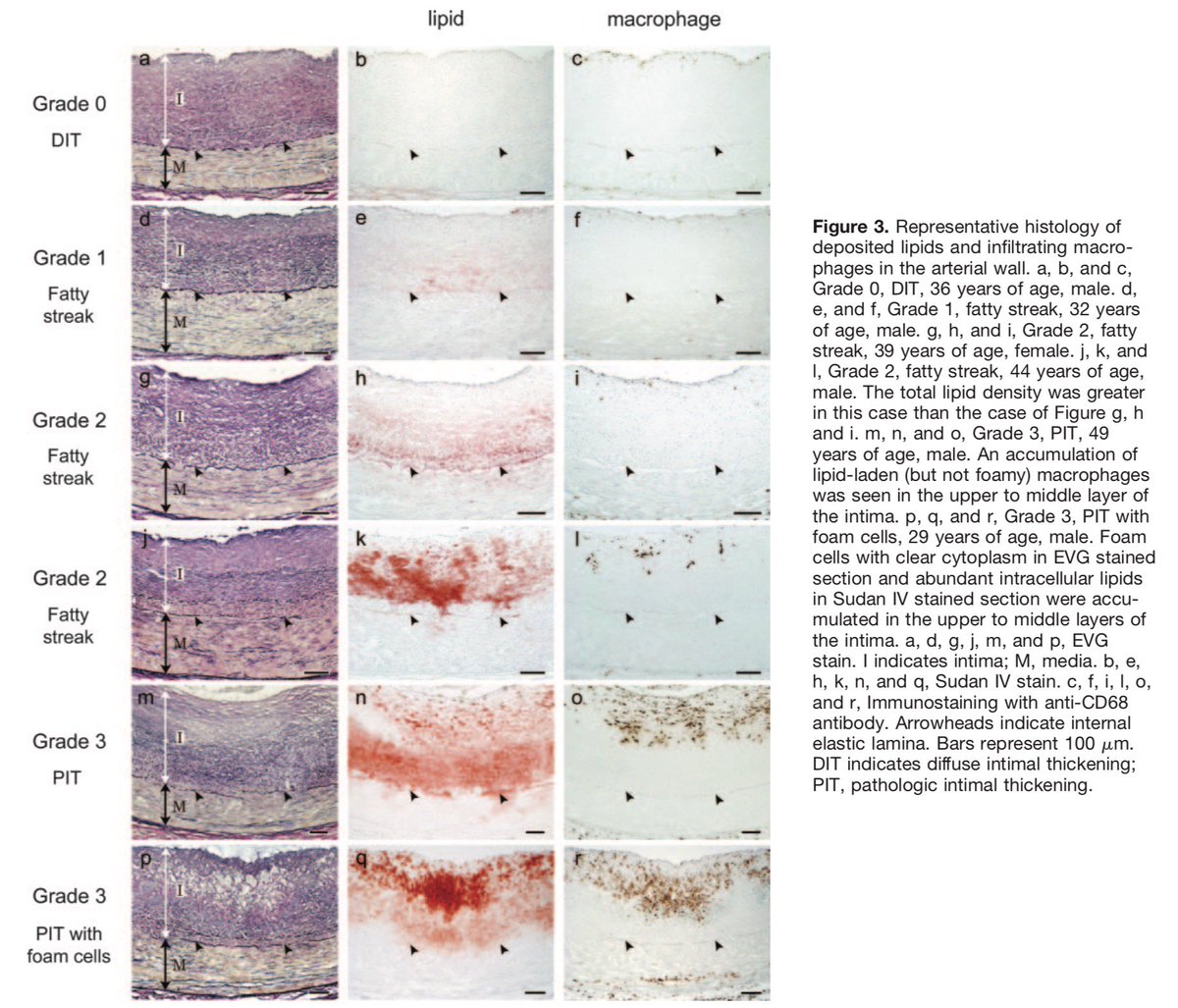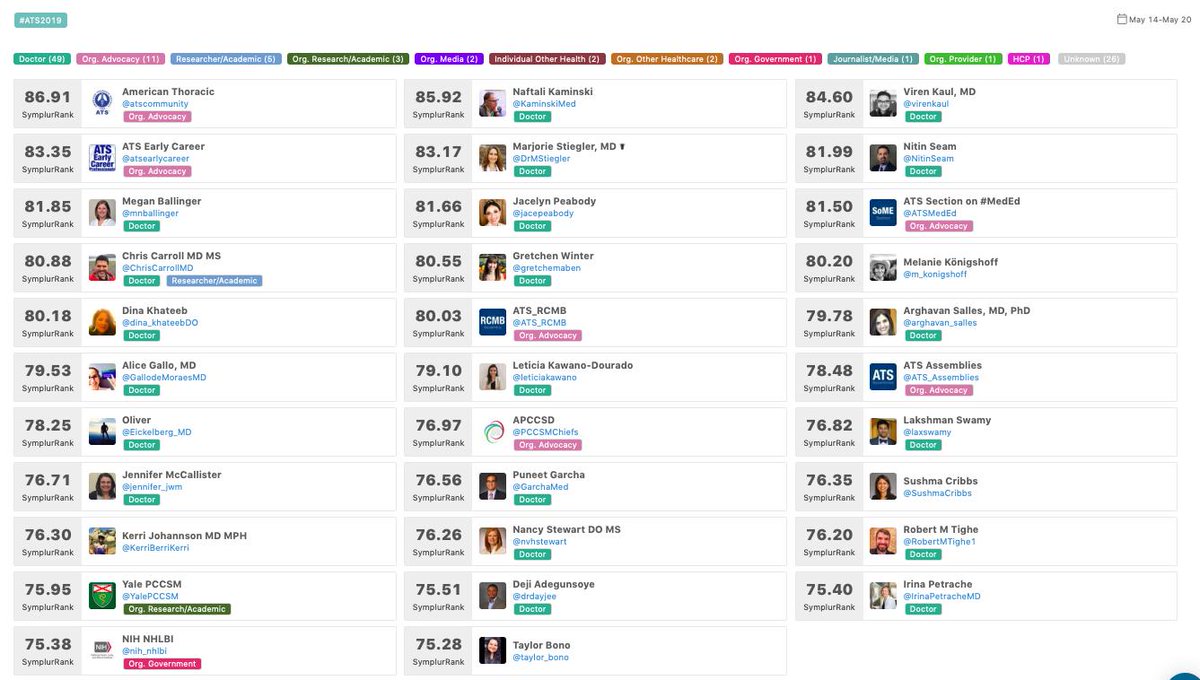TOPICAL STEROIDS!
Read on for tips on how to prescribe them, which one to choose, when does it matter, etc.
#MedEd #FOAMed #dermtwitter #medtwitter #dermatologia pc:@dermnetnz
1/
- Delivery straight to the organ of interest
- Systemic absorption is usually minimal
- Can be cheap (usually)
What on skin exam best suggests steroids may work?
2/
Thanks to @NPF for the steroid chart!
5/
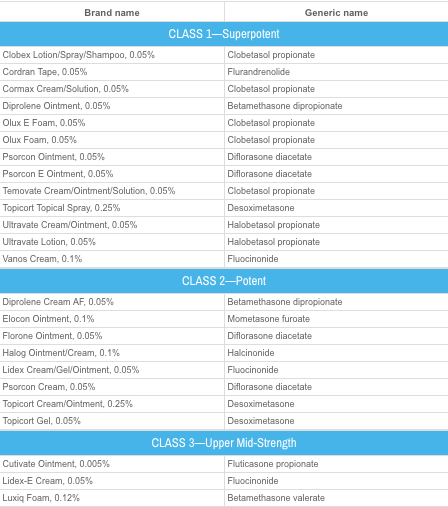
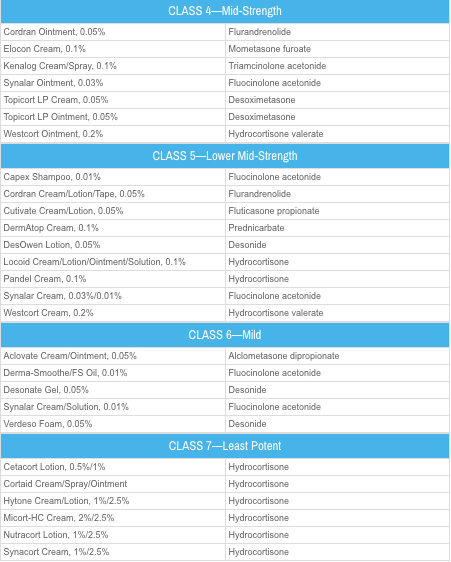
Ointments >> Creams >> Lotions
6/
7/
8/
- Mild seborrheic dermatitis on the face: (class 6-7)
- Psoriasis in the scalp: (class 1-2)
- Full body rash, super symptomatic (class 1-2, avoiding the thin areas).
- Full body rash, annoying, but pt doing ok (class 3-4).
9/
10/
Class 1-2: betamethasone dipropionate
Class 3-4: triamcinolone
Class 6-7: hydrocortisone
12/
13/
- Try desoximetasone for patients that get allergies to other steroids. That one is in its own class (allergen wise), so it doesn't cross react.
- Don't get it in the eyes!
- There are steroids sparing agents that can be tried too. Ask a #derm for help!
14/
15/
16/
- Topical steroids are a great option for inflammatory skin disease.
- Avoid with suspected infections and if the process is too deep.
- Pick your favorite from each category (strong, medium, mild) of potency.
- Limit to BID x 2 weeks max. You need to take breaks!
17/
Remember - these are generic tips for steroid use; every patient is different! #dermatologists are here to help!
18/18
